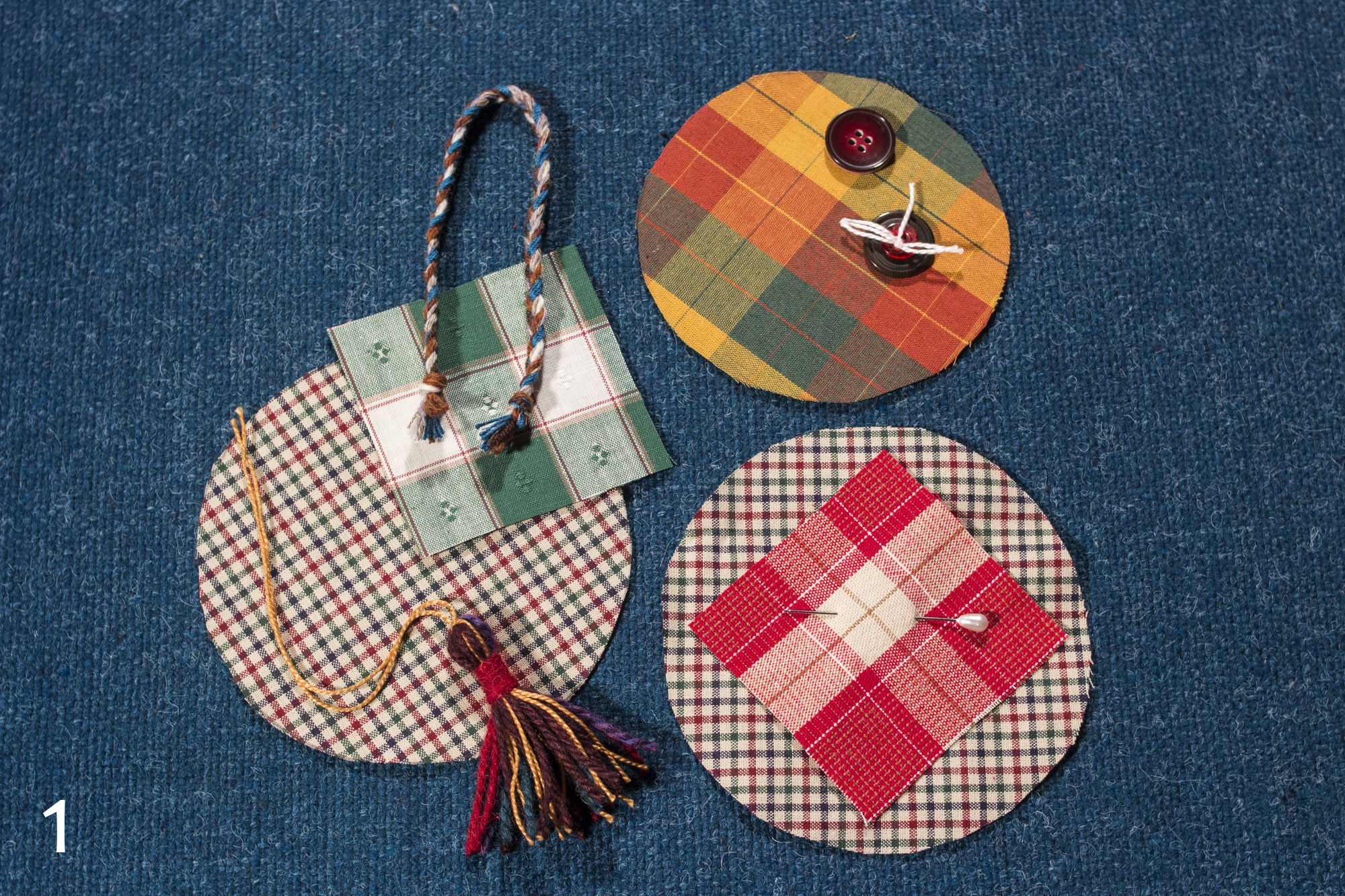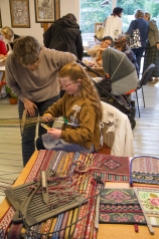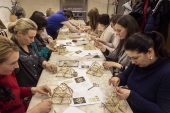Kūrybinės dirbtuvės Klaipėdos miesto sav. viešosios bibliotekos meno skyriuje 2018.09.28
Amatų demonstravimas ir mokymai “Meistrų kalvė“ Palangoje 2018.09.16
Nendrinių “sodų“ vėrimas Klaipėdos etnokultūros centre 2018.03.13
Audimas ant dvišakio ir lanko | Two-pronged frame and hoop weaving

Paprasčiausią juostų audimo staklių variantą galima pasidaryti iš bet kokio dvišako medžio gabalo. Šiuo atveju tai yra seno vyšnios medžio fragmentas. Metmenys yra ištempti tarp dviejų horizontaliai pritvirtintų lazdelių. Trumpesnė lazdelė tvirtinama prie viršutinės dviem virvelėmis ir naudojama žiotims sukurti. Lininės nytelės, pritvirtintos prie dar trumpesnės lazdelės atidaro ir uždaro žiotis. Ataudų siūlas peršaunamas plokščia šaudykle. Nuaudus atitinkamą ilgį juostelė paslenkama žemyn ir audžiama toliau. Tokiu būdu audinys išeina dvigubai ilgesnis nei atstumas tarp viršutinės ir apatinės horizontaliai pritvirtintos lazdelės. Panašų įtaisą galima pasidaryti ir sulenkus gluosnio šaką į lanką. Audimo principas yra toks pat, tik žiotims sudaryti panaudota virvelė, o ne lazdelė.
One of the simplest versions of a band loom is made using a two-pronged piece of wood. In this particular case it is a fragment of an old cherry tree. Warp threads are stretched between two horizontal bars at the top and bottom. A shorter stick is attached to the top bar by two pieces of string and is used to keep the shed open. A heddle made of another piece of stick and linen thread is used for shed switching. Linen weft is shot through the shed by a flat shuttle. When weft reaches the shed bar, the band is pulled down and around the bottom horizontal bar. This way the finished band is twice as long as the distance between top and bottom bars. A similar device can be made by bending a willow branch into a hoop. Way of working is exactly the same, except that there is no shed stick. Shed is kept open by a piece of linen string.
Fotografijos | Photography by Augustinas Našlėnas
Horizontaliosios audimo staklės | Horizontal loom

Horizontaliosios audimo staklės yra sumontuotos mediniame rėme ir stovi ant grindų. Jose metmenų žiotys sudaromos nuspaudžiant atitinkamus pakojų pedalus, kurie pakelia ar nuleidžia nyčių vartus. Ataudų siūlas primušamas kabančiais muštuvais, kuriuose yra įstatytas skietas. Rėmų konstrukcijos būna įvairios.
Tokios staklės Europoje žinomos nuo apytikriai IX-X amžiaus, o Lietuvoje – nuo XIII a.
Horizontal floor looms sit directly on the floor and use foot pedals called treadles that open and close the sheds (the temporary separations in the warp) by raising and lowering the harness. Weft thread is beat into place by a free-hanging beater to which warp heddle is attached. Frame structures vary.
This type of loom known in Europe since approximately 9-10 century, whereas in Lithuania since 13 century.
Fotografijos | Photography by Gintautas Našlėnas
Audiniai | Textiles
Žemaitiškos skaros (kuskos) | Samogitian shawls
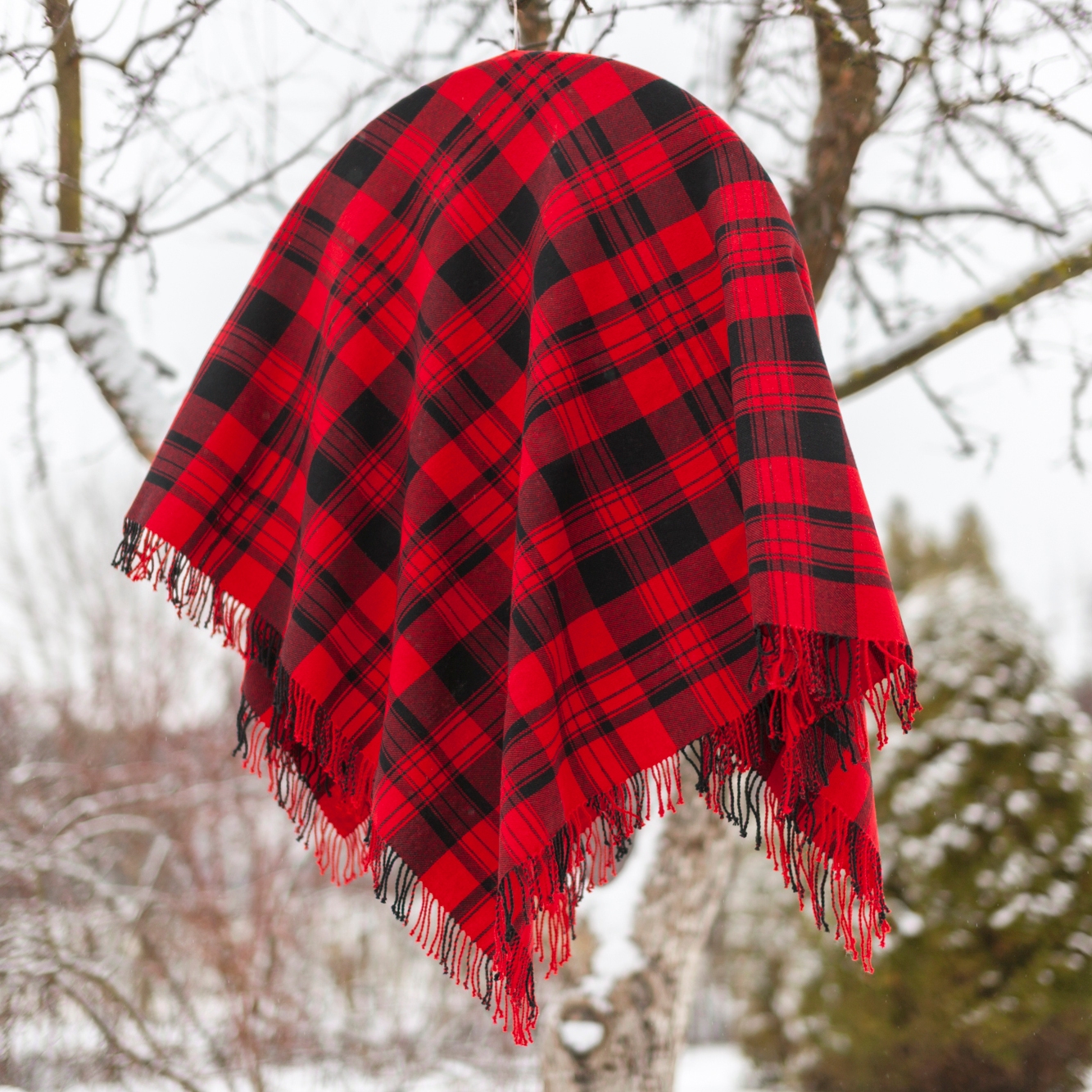


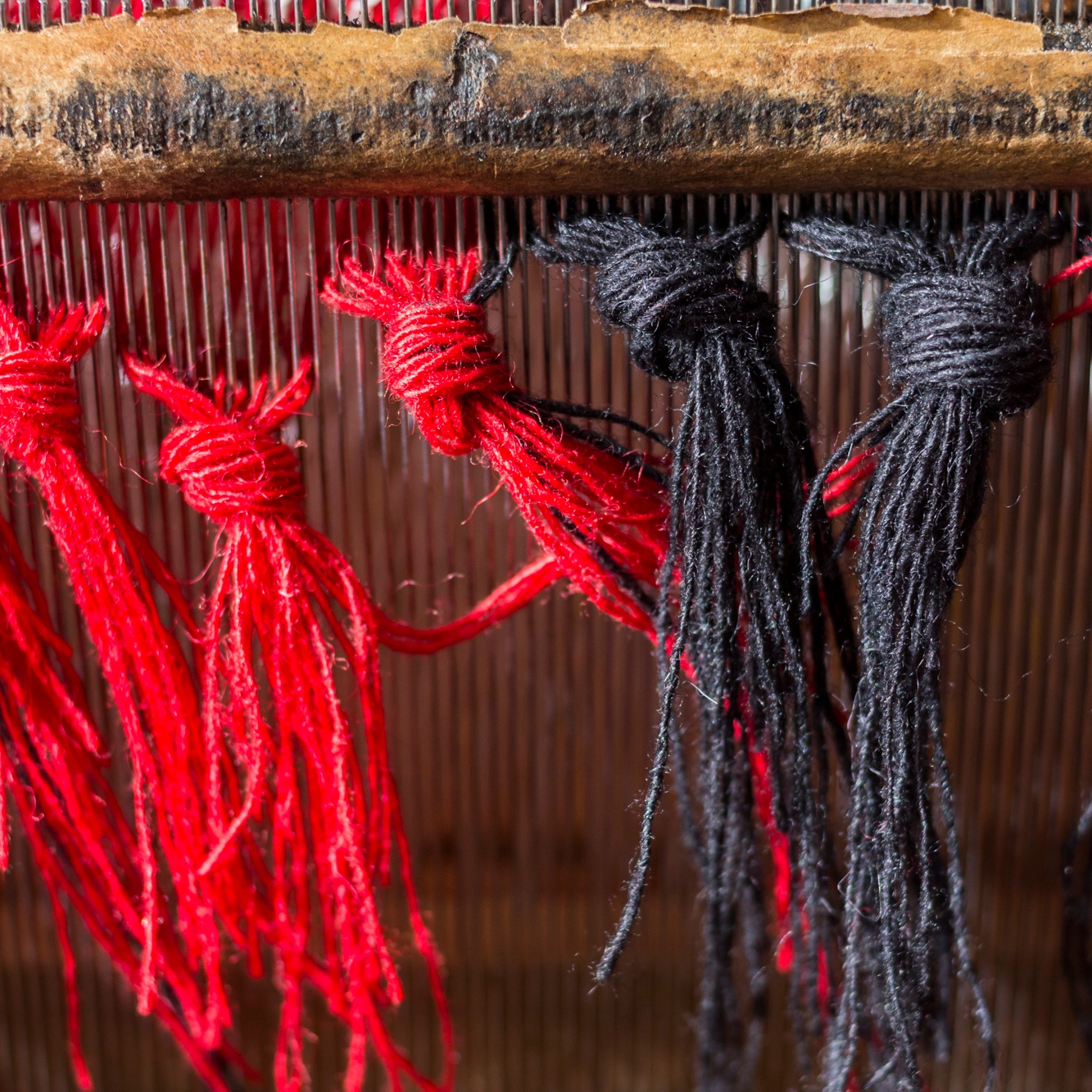









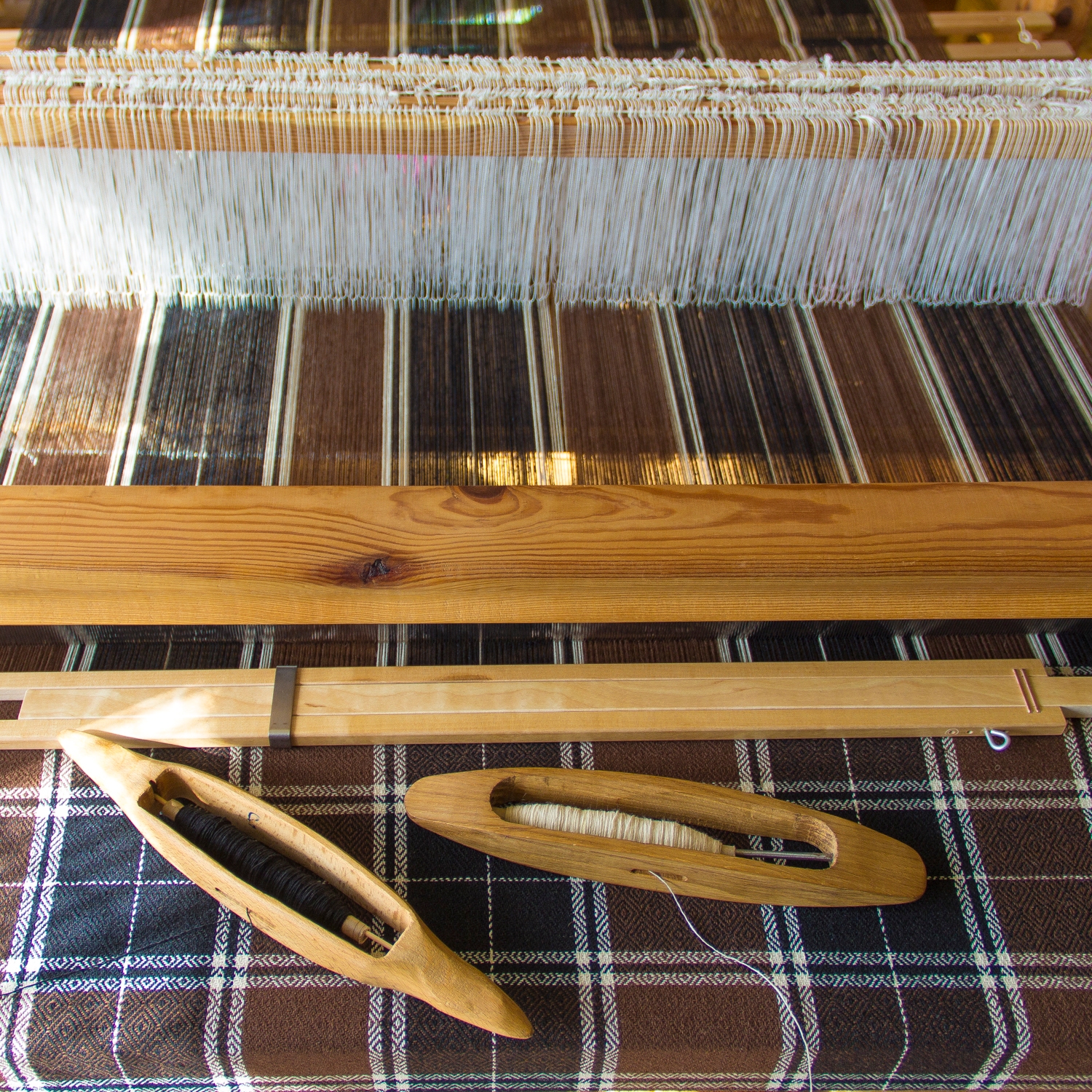




Skudurėlių takai | Rag rugs


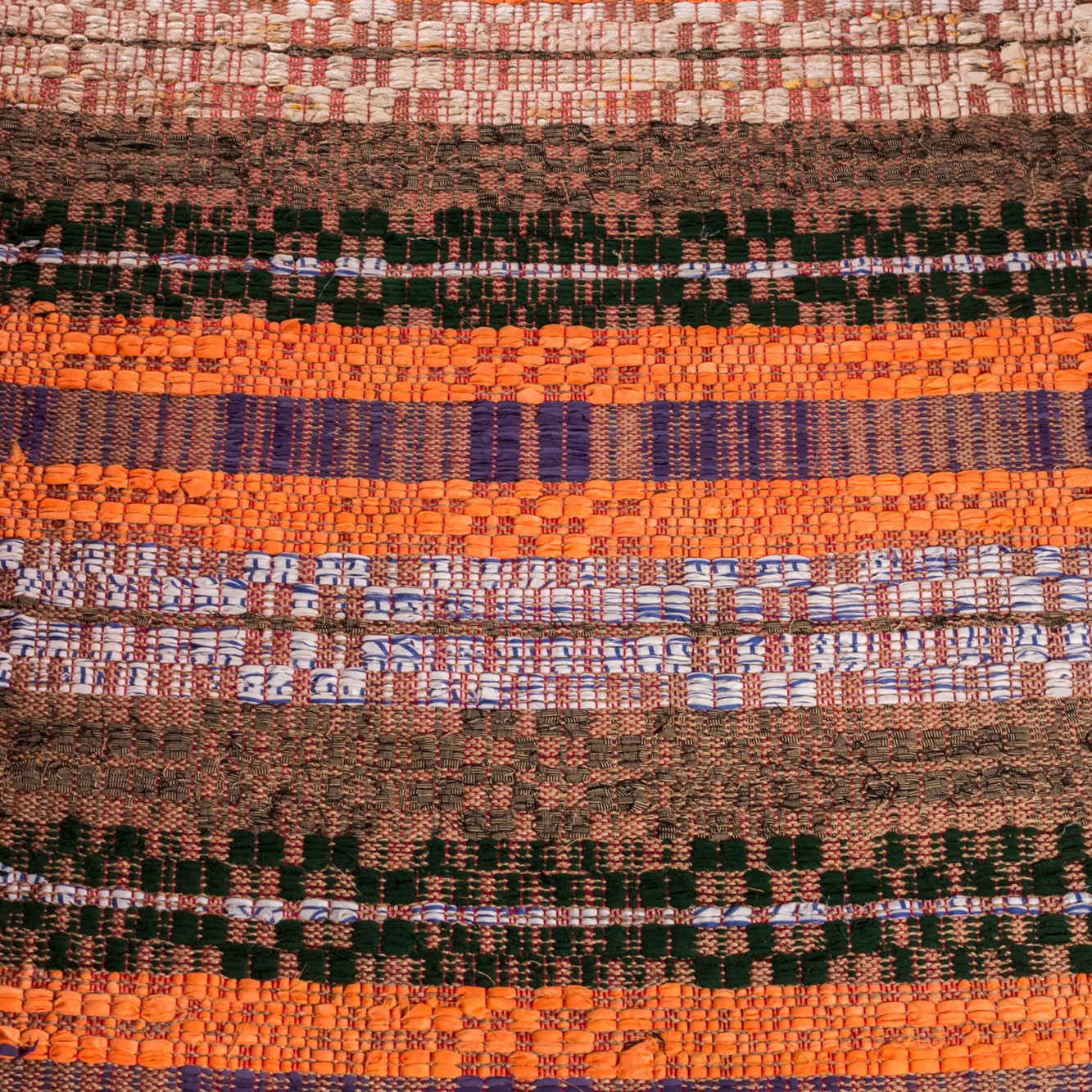


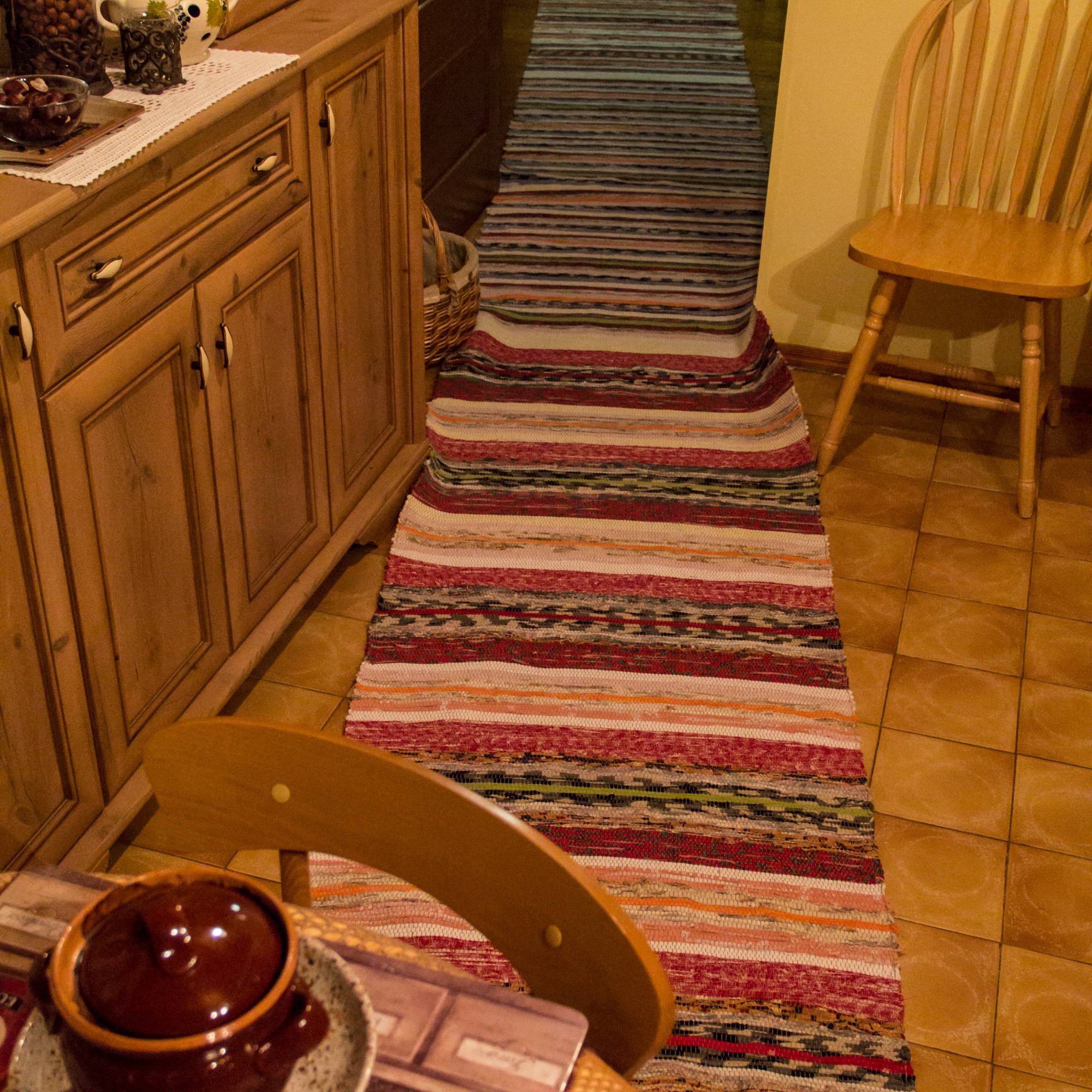





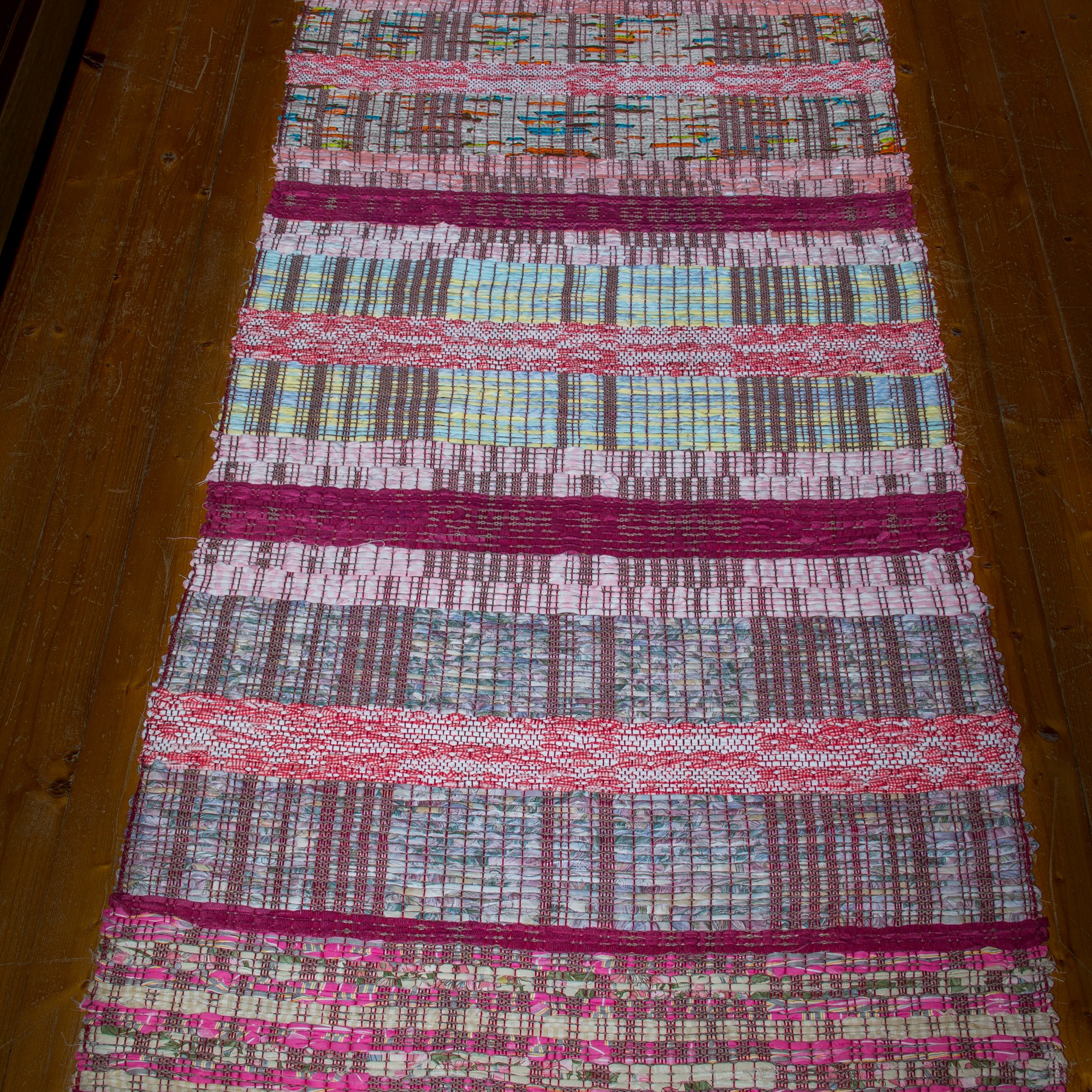
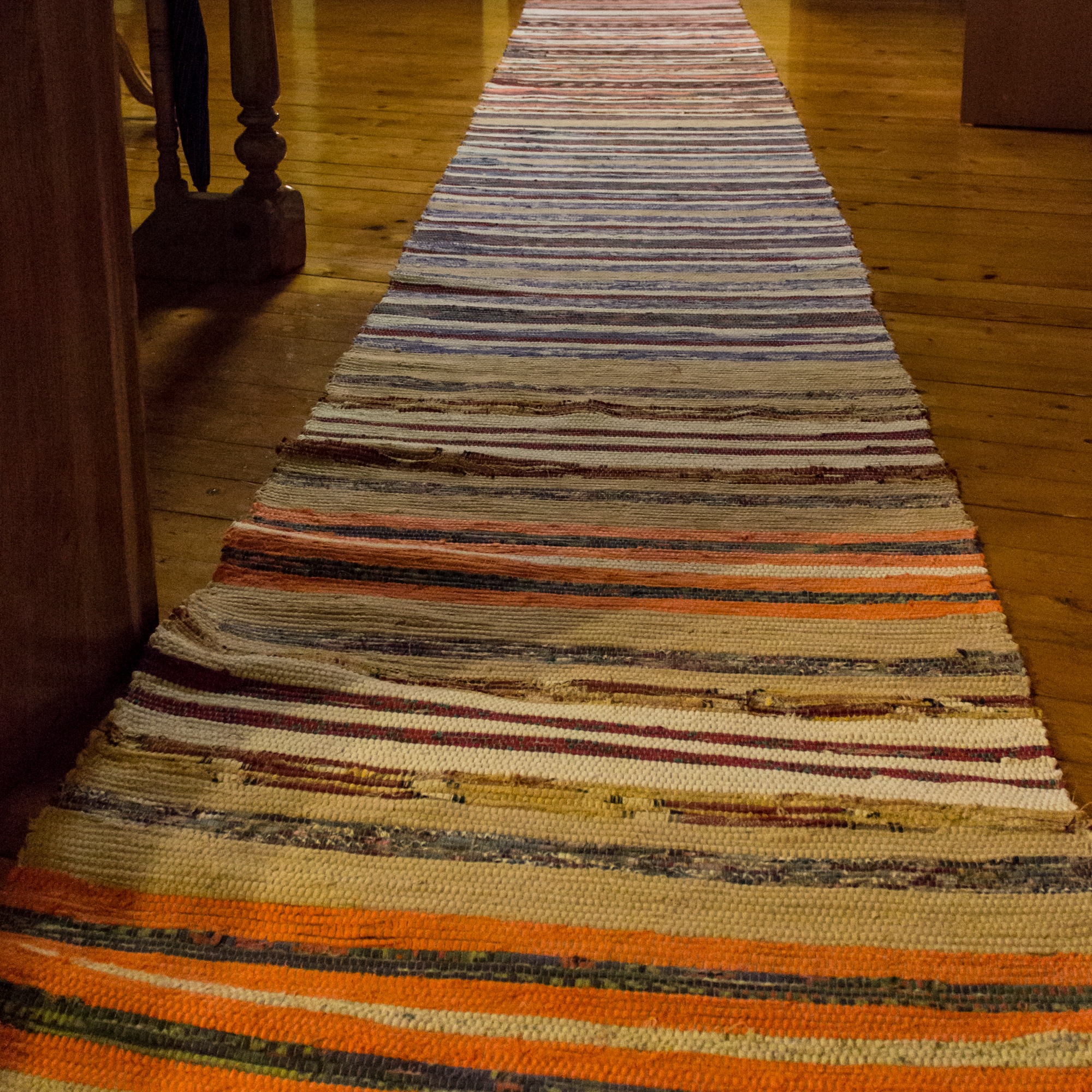
Fotografijos | Photography by Gintautas Našlėnas and Augustinas Našlėnas
Žaisliuko eglutei-adatinės siuvimas Klaipėdos etnokultūros centre 2017.12.02

